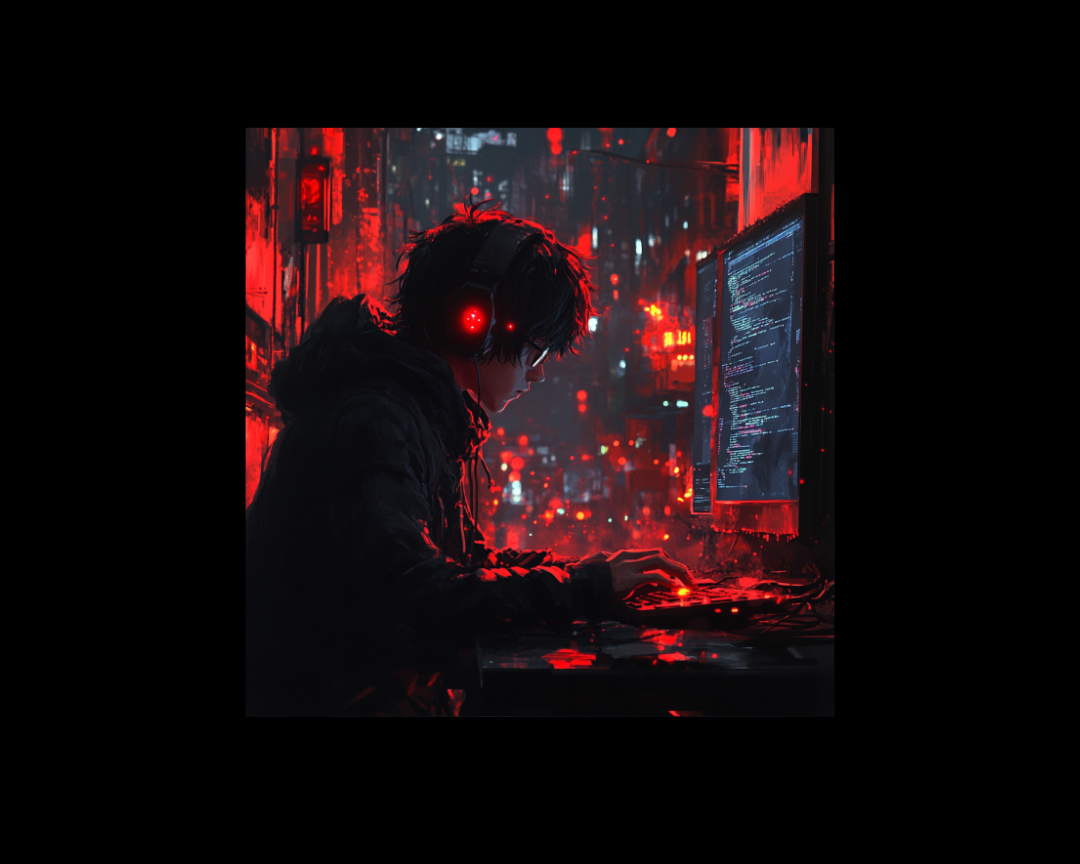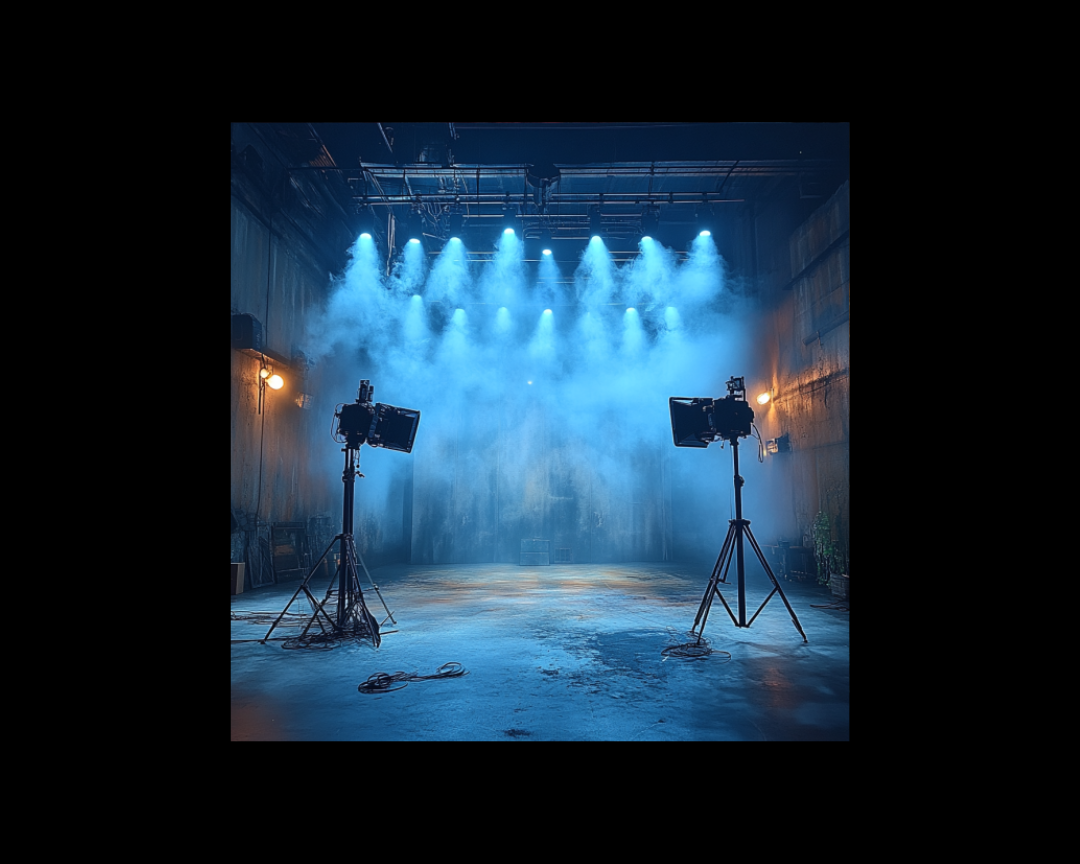3 min read
Other Places to Gather Pictures Besides Pinterest
Pinterest has long been a go-to platform for collecting and discovering images, whether for personal projects, creative inspiration, or marketing...

Images play a crucial role in enhancing the appeal and effectiveness of content. Stock photos are a popular choice for many, but using them without proper authorization can lead to serious legal issues. This article explores the risks associated with using stock photos without permission, provides examples of famous legal cases, discusses the kinds of law firms that pursue such cases, and differentiates between stock photos and AI-generated images. We also provide insights on how to use MidJourney for creating AI-generated visuals.
Stock photos are licensed images available for purchase or free use under specific terms. Using stock photos without permission can result in copyright infringement, which can lead to legal consequences including hefty fines and lawsuits.
Getty Images vs. Steve Crown (2017): In a notable case, Getty Images sued a photographer, Steve Crown, for using its images on his website without proper licensing. The lawsuit highlighted the high cost of unauthorized use and underscored the importance of adhering to licensing agreements.
Picture Alliance vs. Nicole Abel (2019): Picture Alliance, a stock photo agency, took legal action against a business owner, Nicole Abel, for using its photos on her website without permission. The case resulted in a significant settlement, emphasizing the financial risks associated with copyright violations.
Shutterstock vs. The Deli Garage (2020): Shutterstock filed a lawsuit against The Deli Garage, a food company, for using its stock images in marketing materials without proper licensing. The case demonstrated how even small businesses can face substantial legal repercussions for unauthorized image use.
Certain law firms specialize in intellectual property and copyright law, targeting individuals and businesses that use images without proper permission. These firms often work on a contingency basis or with clients seeking to protect their creative works. They may pursue legal action against copyright infringement through:
Specialized Intellectual Property Firms: These law firms focus on protecting and enforcing intellectual property rights. They often handle cases related to copyright infringement, trademark disputes, and licensing issues.
Copyright Enforcement Agencies: Some firms act as intermediaries for photographers, artists, and stock photo agencies, enforcing copyright claims and pursuing legal action against infringers.
Litigation Support Firms: These firms provide legal support and representation in copyright disputes, including negotiating settlements and representing clients in court.
Understanding the difference between stock photos and AI-generated images can help you navigate your visual content options more effectively.
Definition: Stock photos are professionally captured images available for licensing. They can be purchased from stock photo agencies or obtained for free from sites offering royalty-free images.
Licensing: Stock photos come with specific licensing agreements that outline how the images can be used, including restrictions on commercial use, distribution, and modifications.
Risks: Using stock photos without proper licensing or beyond the scope of the agreement can result in legal consequences. Always ensure you comply with the terms of the license.
Definition: AI-generated photos are created using artificial intelligence tools that generate images based on algorithms and input parameters. These images are not captured by human photographers but are instead synthesized by AI models.
Licensing: AI-generated images typically come with their own licensing terms, which may differ from those of stock photos. These terms should be reviewed to ensure compliance with usage rights.
Advantages: AI-generated images can offer unique and customized visuals that may not be available through stock photo agencies. They also allow for greater creative control and flexibility.
MidJourney is an AI-powered tool that allows users to create custom visuals based on text prompts. Here’s how to use it effectively:
Sign Up for MidJourney: To get started, sign up for an account on the MidJourney website or platform where the tool is available.
Create a Prompt: Write a detailed description of the image you want to generate. Be specific about the elements, style, and mood you’re aiming for.
Generate Images: Input your prompt into MidJourney and let the AI generate the images based on your description. You can refine your prompts or adjust settings to achieve the desired results.
Review and Download: Once the images are generated, review them to ensure they meet your requirements. Download the images and check the licensing terms to confirm your rights for use.
Usage and Attribution: Follow any attribution or usage guidelines provided by MidJourney. Ensure you comply with their terms to avoid potential issues.
Using stock photos without proper permission can lead to serious legal repercussions, including lawsuits and financial penalties. Understanding the difference between stock photos and AI-generated images, and using tools like MidJourney for creating unique visuals, can help you avoid legal issues and enhance your content strategy.
For businesses and individuals looking to navigate the complexities of visual content and licensing, it’s crucial to stay informed about copyright laws and adhere to licensing agreements. If you need assistance with legal matters or compliance related to image use, consider hiring a professional who specializes in intellectual property and copyright law.

3 min read
Pinterest has long been a go-to platform for collecting and discovering images, whether for personal projects, creative inspiration, or marketing...

AI is revolutionizing social media marketing, enabling brands to personalize content, engage with customers, and optimize campaigns like never...

In a world where AI-generated content is becoming more prevalent, TikTok refused to be left behind. The social media giant announced a game-changing...